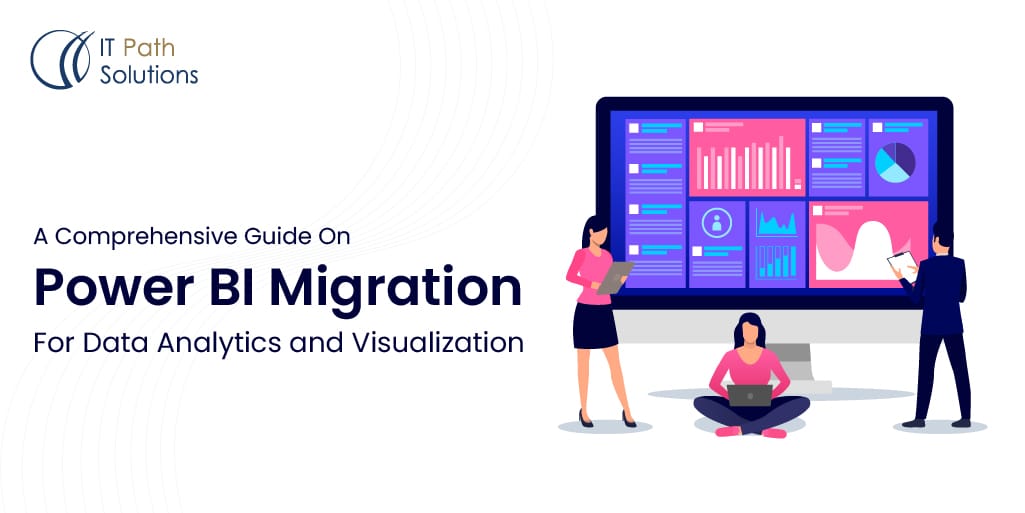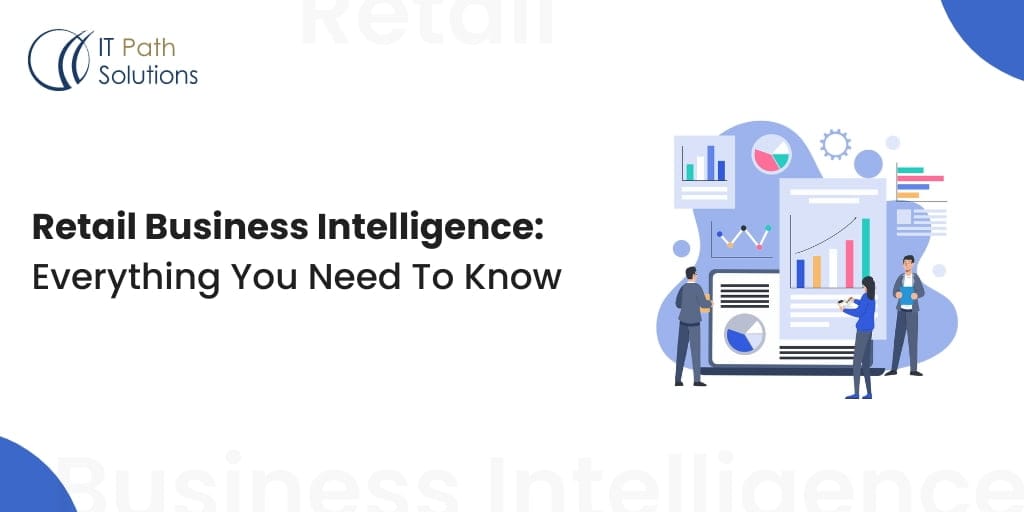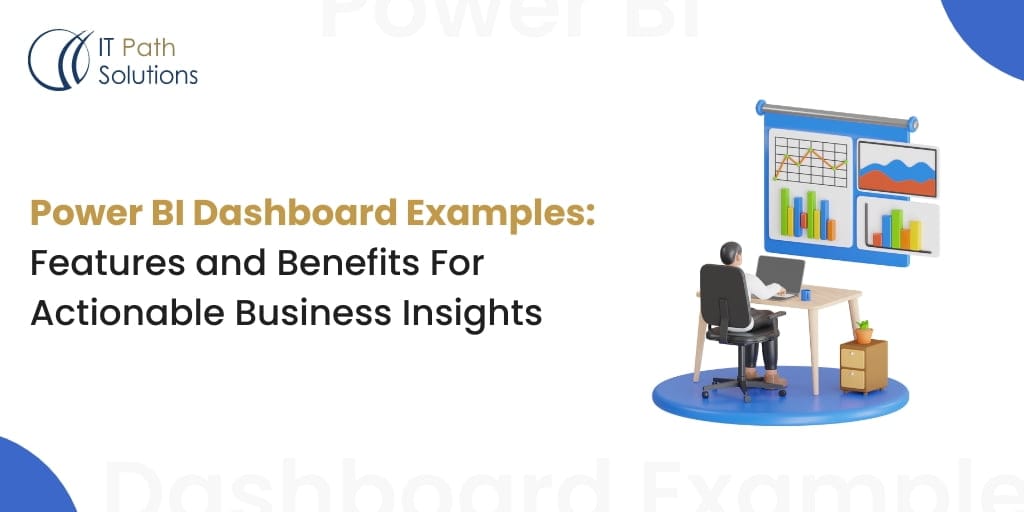A Comprehensive Guide On Power BI Migration For Data Analytics and Visualization
Power BI
Introduction of Power BI Migration
In today’s data-driven world, organizations rely heavily on tools and technologies that can help them harness the power of data for decision-making and strategic planning. Microsoft Power BI has emerged as a leading player in the field of data analytics and visualization, enabling businesses to transform raw data into actionable insights. As organizations grow and evolve, there often comes a time when they need to migrate their Power BI environment to a new platform or upgrade to a newer version.
This comprehensive guide will walk you through the key aspects of Power BI migration, providing insights, best practices, and tips to ensure a seamless transition.
Why Consider Power BI Migration?
Before diving into the intricacies of Power BI migration, it’s essential to understand why an organization might contemplate such a move. There are several reasons that could trigger the need for migration:
Platform Upgrades
As Microsoft continually enhances Power BI with new features and capabilities, organizations may want to take advantage of the latest enhancements and security updates. Upgrading to the latest version can also ensure compatibility with other Microsoft products and services.
Performance Optimization
Over time, as the volume of data and complexity of reports increase, organizations may experience performance issues with their existing Power BI setup. Migration can help in optimizing performance by adopting best practices and leveraging newer infrastructure.
Cost Efficiency
Managing on-premises Power BI servers can be costly in terms of hardware, maintenance, and licensing. Migrating to the cloud can often lead to cost savings, as cloud providers offer scalable and cost-effective solutions.
Improved Collaboration
Collaboration is key in today’s business landscape. Migrating to a newer version or platform can facilitate better collaboration by enabling real-time sharing and collaboration on reports and dashboards.
Security and Compliance
Data security and compliance are paramount concerns for organizations. Migrating to a more secure platform or version of Power BI can help in meeting regulatory requirements and safeguarding sensitive data.
Planning Your Power BI Migration
Successful Power BI migration requires careful planning and a well-thought-out strategy. Here are the key steps involved in the planning phase:
Assessment of Current Environment
Before you can begin the migration process, it’s crucial to conduct a thorough assessment of your current Power BI environment. This includes documenting the existing data sources, reports, dashboards, and user access. Understanding your current setup is essential for making informed decisions during the migration process.
Selecting the Migration Destination
Depending on your organization’s goals and requirements, you’ll need to decide whether to migrate to a newer version of Power BI on-premises, move to a cloud-based Power BI service, or opt for a hybrid approach. Each option has its pros and cons, so careful consideration is necessary.
Data Preparation and Cleansing
Data is at the heart of Power BI, and ensuring data quality is essential. Before migration, review and clean your data sources to eliminate inconsistencies, errors, and redundancies. This will help prevent issues in the new environment.
Security and Permissions
Review and document the security and permissions settings in your existing Power BI environment. Determine how these settings will be replicated in the new environment to ensure that sensitive data remains protected and accessible only to authorized users.
Backups and Contingency Plans:
Always have a backup plan in case something goes wrong during the migration process. Ensure that you can roll back to the previous state if necessary. Regularly back up your Power BI assets and test the restoration process.
Executing the Power BI Migration
Once the planning phase is complete, it’s time to execute the migration. The specific steps involved will vary depending on your chosen destination and the complexity of your existing setup. Here’s a general outline of the migration process:
Data Migration
Migrate your data sources to the new environment. This may involve setting up new data connectors or modifying existing ones to work with the new platform. Verify that data is flowing correctly and perform data validation to ensure accuracy.
Report and Dashboard Migration
Migrate your reports and dashboards to the new environment. This can be a complex task, especially if you have a large number of reports with intricate dependencies. Test each report and dashboard to ensure they function as expected in the new environment.
User Training and Adoption
Introduce your users to the new Power BI environment. Provide training and documentation to help them adapt to any changes in the user interface or functionality. Encourage feedback and address any concerns or questions.
Monitoring and Optimization
After migration, closely monitor the performance and usage of your Power BI environment. Address any performance bottlenecks or issues promptly. Continuously optimize your reports and dashboards for better performance.
Best Practices for Power BI Migration
To ensure a smooth and successful migration, consider the following best practices:
Test, Test, Test
Thoroughly test every aspect of the migration in a controlled environment before making it live. Identify and resolve any issues during testing to minimize disruptions during the actual migration.
Communicate Effectively
Keep all stakeholders informed about the migration process. Effective communication is crucial to manage expectations and address concerns.
Documentation
Document every step of the migration process, including configurations, settings, and any customizations. This documentation will be invaluable for troubleshooting and future reference.
Backup and Rollback Plans
As mentioned earlier, have robust backup and rollback plans in place to mitigate risks. Being prepared for the worst-case scenario can save you from a potential disaster.
User Involvement
Involve end-users in the migration process. Gather feedback and insights from them to make necessary adjustments and improvements to the new environment.
Conclusion
Power BI migration for data analytics and visualization is a complex but necessary process for organizations looking to stay competitive and take full advantage of their data. Our Power BI Expert helps you to ensure proper planning, careful execution, and adherence to best practices are key to a successful migration. Remember that migration is not a one-time event; it’s an ongoing journey to keep your analytics and visualization capabilities up to date and aligned with your business goals. By following the comprehensive guide outlined here, your organization can navigate the migration process with confidence and ensure a seamless transition to a more powerful and efficient Power BI environment.
 Healthcare
Healthcare  Education
Education  Real Estate
Real Estate  Logistic
Logistic  Fitness
Fitness  Tourism
Tourism  Travel
Travel  Banking
Banking  Media
Media  E-commerce
E-commerce  Themes
Themes
 Plugins
Plugins
 Patterns
Patterns






